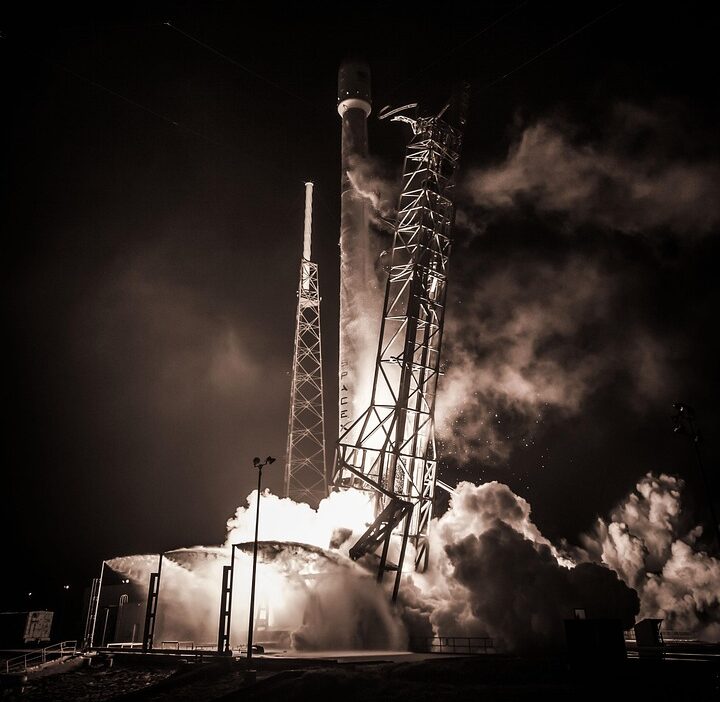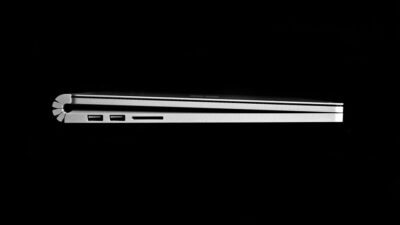In the ever-evolving landscape of space exploration, few names resonate with enthusiasm and innovation quite like SpaceX. Founded by Elon Musk in 2002, the company’s crown jewel has become its Falcon series of rockets, which have not only transformed space travel but have also redefined the economic dynamics of the aerospace industry. This article delves into the Falcon legacy, exploring the technological advancements, mission successes, and the broader implications of SpaceX’s rocket programs.
The Birth of the Falcon Series
The journey began with the Falcon 1, which made its maiden flight in 2006. As SpaceX’s first orbital launch vehicle, Falcon 1 was designed as a small, cost-effective rocket aimed at achieving low Earth orbit (LEO). After several initial failures, the rocket finally succeeded in 2008, making SpaceX the first privately funded company to reach orbit. This achievement laid the groundwork for future development and established SpaceX as a serious contender in a field traditionally dominated by government agencies and large aerospace corporations.
Falcon 9: Revolutionizing Reusability
One of the major breakthroughs in rocket technology came with the introduction of the Falcon 9 in 2010. This two-stage rocket, named after the Millennium Falcon from Star Wars and its nine Merlin engines, has become the backbone of SpaceX’s launch services. A landmark feature of the Falcon 9 is its reusability. Both the first stage and the payload fairing are designed to be recovered and reused, significantly reducing the cost of launching satellites and cargo to space.
The first successful landing of a Falcon 9 first stage on December 21, 2015, marked a pivotal moment in aerospace history. With this achievement, SpaceX not only demonstrated that rocket components could be reused, akin to how airplanes are used, but also set a precedent for future space endeavors. The economic implications are staggering: reusability has transformed what was once considered a disposable launch system into a more sustainable and efficient business model.
Falcon Heavy: Power Meets Versatility
In 2018, SpaceX unveiled the Falcon Heavy, a rocket that quickly garnered attention for its impressive specifications. With the ability to lift nearly 64 metric tons to LEO, it became the most powerful operational rocket in the world. The Falcon Heavy’s design builds on the Falcon 9 architecture, incorporating three Falcon 9 first stage cores, allowing for increased payload capacity.
The Falcon Heavy’s debut was marked by the launch of Elon Musk’s Tesla Roadster, which now orbits the Sun. This extravagant marketing move was a statement of intent, illustrating the rocket’s capabilities while capturing public interest in the glamour of space exploration. The Falcon Heavy has since been employed for various missions, from satellite launches to interplanetary exploration initiatives, proving its versatility across the space sector.
Missions and Milestones
SpaceX’s Falcon vehicles have made significant contributions beyond mere launches. The Falcon 9 is integral to NASA’s Commercial Crew Program, transporting astronauts to the International Space Station (ISS) through its Crew Dragon capsule. The successful crewed flight in May 2020 marked the first crewed launch from American soil since the Space Shuttle program ended in 2011, heralding a new era of public-private partnerships in space exploration.
Falcon rocket missions have also included deploying thousands of satellites for the Starlink internet constellation, which aims to provide global broadband access—an ambitious initiative with far-reaching implications for internet accessibility.
Environmental Considerations
While the Falcon series has made an indelible mark on aerospace technology, it’s worth noting the environmental considerations that accompany such ambitious projects. SpaceX has been keenly aware of its impact, actively exploring sustainable practices, including the use of environmentally friendly propellants. The push towards reusability also contributes significantly to reducing waste and resource consumption, a critical consideration in today’s climate-conscious society.
The Future of the Falcon Legacy
As SpaceX looks to the future, the Falcon series is evolving. The development of the fully reusable Starship spacecraft heralds the next phase in human spaceflight. Built for deep space exploration and interplanetary travel, Starship aims to expand the boundaries of what was previously thought possible—ultimately facilitating missions to Mars and beyond.
In conclusion, the Falcon legacy is more than just about rockets; it signifies a transformative shift in our approach to space exploration. SpaceX’s commitment to innovation, cost reduction, and reusability has challenged established norms and inspired a new generation of entrepreneurs and scientists. As the company propels us into a new era of space exploration, the Falcon series stands as a testament to human ingenuity—a symbol of what can be achieved when we dare to reach for the stars.



